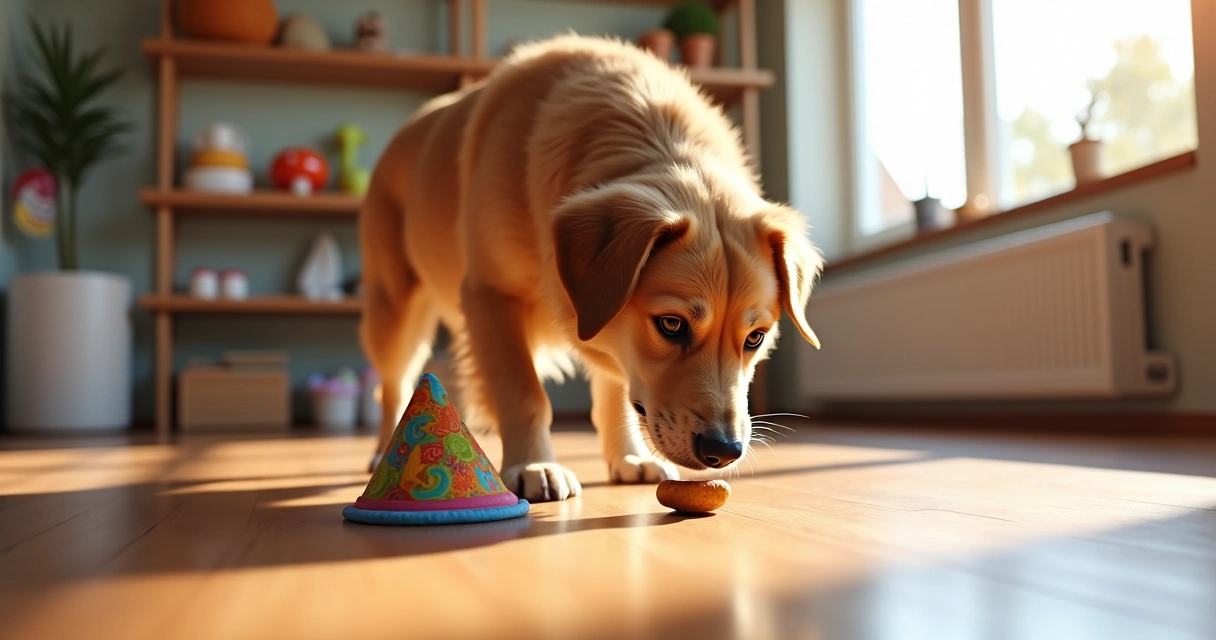As someone who has shared homes, walks, and quiet nights with pets for years, I’ve noticed a truth that’s almost universal: our dogs and cats crave engagement just like we do. When life gets busy, it can be easy to overlook their emotional needs. However, ignoring the early warning signs of boredom can set pets up for stress, odd behaviors, or even low moods. Today, I’ll guide you through some clear signs that your pet is bored, and offer simple, actionable ways to make each day more exciting for your companions. I'll also connect what I’ve seen firsthand at Dogtown, where meaningful activities aren't just a service—they're an experience for your pet's mind and body.
Why pet boredom matters
Boredom in pets isn’t simply a harmless lull between activities. Studies have shown it can spark unwanted behaviors and affect emotional health. According to research on canine inactivity, long stretches of inactivity can resemble a depression-like state. I’ve observed this myself—a once-playful dog becoming withdrawn, or a cat resorting to over-grooming when daily routines fall away. It’s a call to help them interact with their world again.
10 signs your pet is bored
- Destructive chewing or scratching:
If your dog is shredding pillows or your cat is attacking the sofa, they’re not being spiteful. It’s often their way of releasing pent-up energy and frustration, signaling a need for more outlets.
- Overeating or constant begging:
Many pets start to pace around their food bowl, beg for treats, or eat without need. According to guidance from the University of Idaho Extension, this might reflect a lack of other stimulating activities.
- Relentless barking or meowing:
Excessive vocalization, especially when you’re busy or away, can be your pet’s attempt to communicate discomfort or boredom.
- Pacing or restlessness:
I have seen many dogs and cats ceaselessly wander around the house, unable to settle. This can indicate an under-stimulated body and mind.
- Attention-seeking behavior:
Jumping on you, pawing, or nudging frequently for attention suggests your pet feels under-engaged.
- Over-grooming or self-mutilation:
Cats may lick patches of fur off; dogs sometimes chew their feet or tails. Studies on laboratory rodents further confirm that a lack of enrichment triggers repetitive, self-soothing behaviors.
- Withdrawal or depression-like symptoms:
If your pet lies around without interest—especially in activities they used to enjoy—it’s sometimes boredom turning into a deeper emotional issue.
- Aggressive outbursts:
Unexpected snapping or hissing at family or other pets can arise from frustration when a pet feels under-stimulated.
- Escaping or digging:
Some pets try to escape the yard or dig relentlessly. It may look like mischief, but it’s usually driven by unmet needs for engagement.
- Lack of enthusiasm for walks or play:
Perhaps the most subtle sign, but I’ve seen it often: a pet who stops getting excited for the leash or toy may already be checked out from their routines.

Understanding why pets need daily stimulation
Pets evolved with rich sensory experiences—sniffing, exploring, puzzling out food, and socializing. Modern homes can unintentionally deprive them of these activities, especially if our own schedules are packed. In fact, a pilot study on environmental enrichment showed that simple activities like interactive toys and scent games help dogs relax and reduce stress. I’ve seen this time and again in the playrooms at Dogtown, where even shy animals thrive when given the right stimulation.
How to enrich your pet's daily life
The good news is, battling boredom can be a fun adventure for both you and your pet. Here’s how I help my own pets—and those I work with at Dogtown—feel energized and content every day:
- Rotate toys:
Swap out toys every few days to keep things fresh. Puzzle feeders are especially effective. Research on animals like ferrets even shows that the absence of playtime leads to more boredom-driven stimulus-seeking.
- Vary the walking route:
Take a new path or visit a different park. New smells and sights spark a pet’s curiosity.
- Try scent games or scavenger hunts:
Hide treats around the house or yard for your pet to sniff out. I constantly see dogs light up with excitement during these games at Dogtown’s dog daycare.
- Offer training sessions:
Even a few minutes of daily training with positive reinforcement builds confidence and provides mental stimulation. For more structured guidance, look into personalized training packs found at Dogtown.
- Socialize with other animals:
Schedule safe, supervised group play sessions. Facilities like day camp or playgroups can provide outlets when you’re busy.
- Offer grooming routines:
Regular brushing or spa time isn’t just for looks. It’s a calming ritual and a chance for positive interaction. Dogtown even offers professional grooming services to turn care routines into a treat.
- Rotate sleeping spots:
Switch up beds, window views, or cozy corners to keep your pet curious about their domain.
- Arrange quality “alone time” games:
Food-dispensing toys or hidden treat puzzles work wonders when you need to be away.
- Listen to your pet’s cues:
Some days, a walk is enough. Others call for a romp in the park. It’s okay to mix it up.
- Consider breaks from home:
Every so often, a change of scene—like a stay at a caring boarding facility—can add a spark to your pet’s routine.
Making daily enrichment a habit
“Stimulation is the key to a happy pet.”
I’ve found that enrichment is about small, regular changes—not some grand overhaul. It’s hiding cheese in a cardboard box one morning and brushing your cat on the porch the next. Even a few minutes, if it’s thoughtful and new, goes a long way to keeping your pet’s mind and senses alive.

Conclusion: Boredom is preventable
Boredom in pets is more than a mood—it's a signal that something is missing from their world. When I work with pets at Dogtown, I see how quickly even small changes—an extra training session, a new toy, or a grooming experience—can bring them back to life. Pay attention. Respond with just a little creativity. And if you ever want to bring in backup, or discover new ways to engage your companion, Dogtown is always ready with fresh ideas and professional services for your furry friend’s happiness. Schedule an assessment with us and let’s create days filled with joy for your pet together.
Frequently asked questions
What are signs my pet is bored?
Signs your pet is bored include destructive chewing, excessive vocalization, pacing, withdrawal, over-grooming, attention-seeking, loss of interest in walks or play, and attempts to escape or dig. Any new behaviors that seem out of character might also point to boredom or emotional dissatisfaction.
How can I keep my pet entertained?
Keep pets entertained with daily enrichment: rotate toys, use puzzle feeders, play scent games, go for walks on new routes, provide training sessions, and let them socialize with other animals. Interactive activities work best. Sometimes, enrolling them in a local daycare or class, like those offered by Dogtown, helps if your own days are busy.
What toys help with pet boredom?
Puzzle toys, treat-dispensing balls, interactive feeders, and soft plush toys provide excellent mental and physical stimulation for both dogs and cats. You can also hide treats in boxes or under cups for easy scent games.
How much daily activity does my pet need?
Needs vary based on breed and age, but most dogs require at least 30-60 minutes of physical activity daily, plus mental stimulation. Cats benefit from short play sessions sprinkled throughout the day. Watching their energy level and behavior is the best guide.
Is boredom bad for my pet's health?
Yes, boredom can lead to stress, depression-like symptoms, destructive behaviors, and even physical problems in pets if left unmanaged. Providing daily enrichment activities, as supported by studies of environmental enrichment, supports your pet’s well-being.





